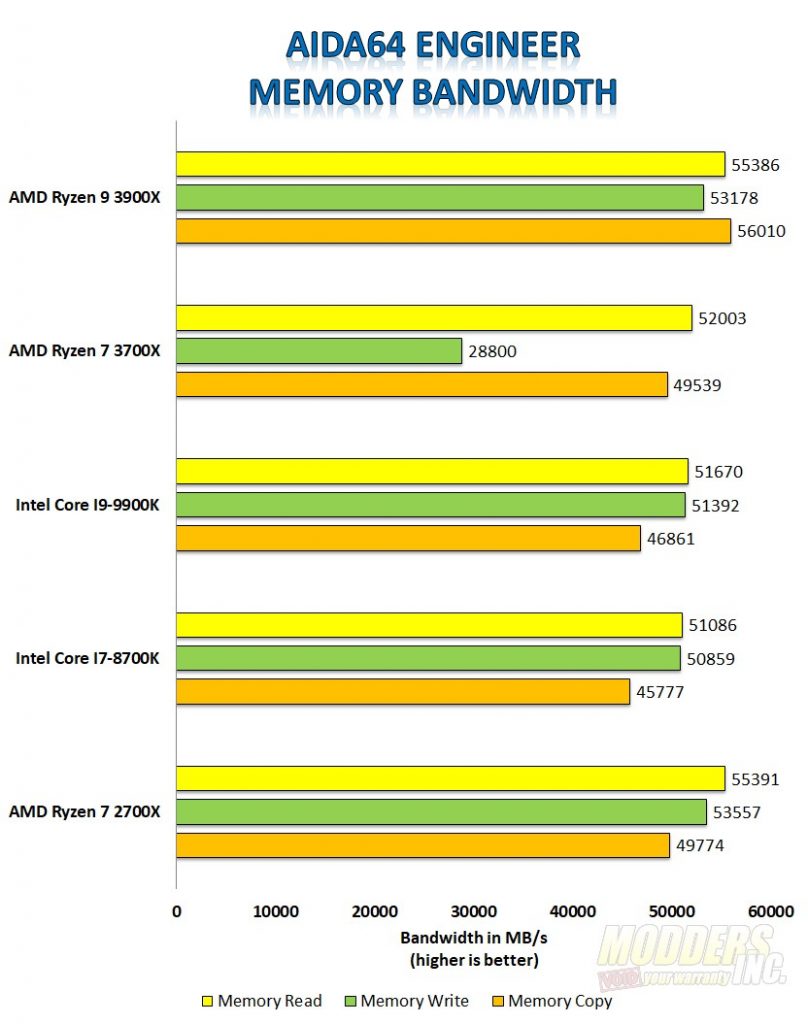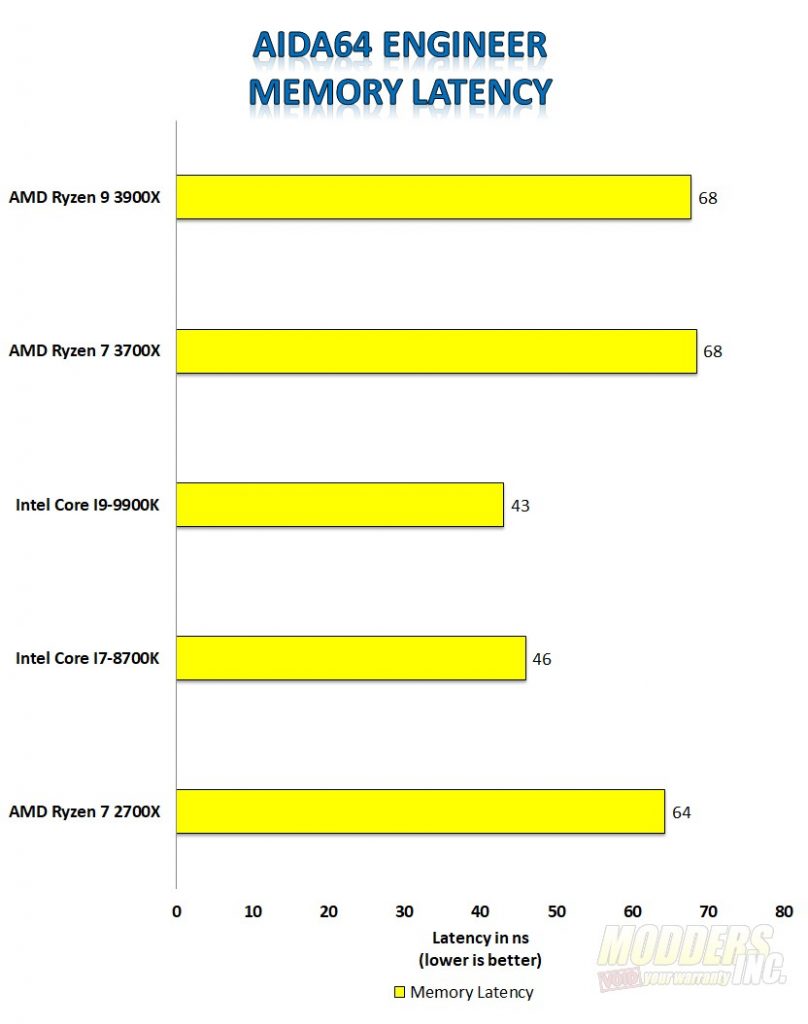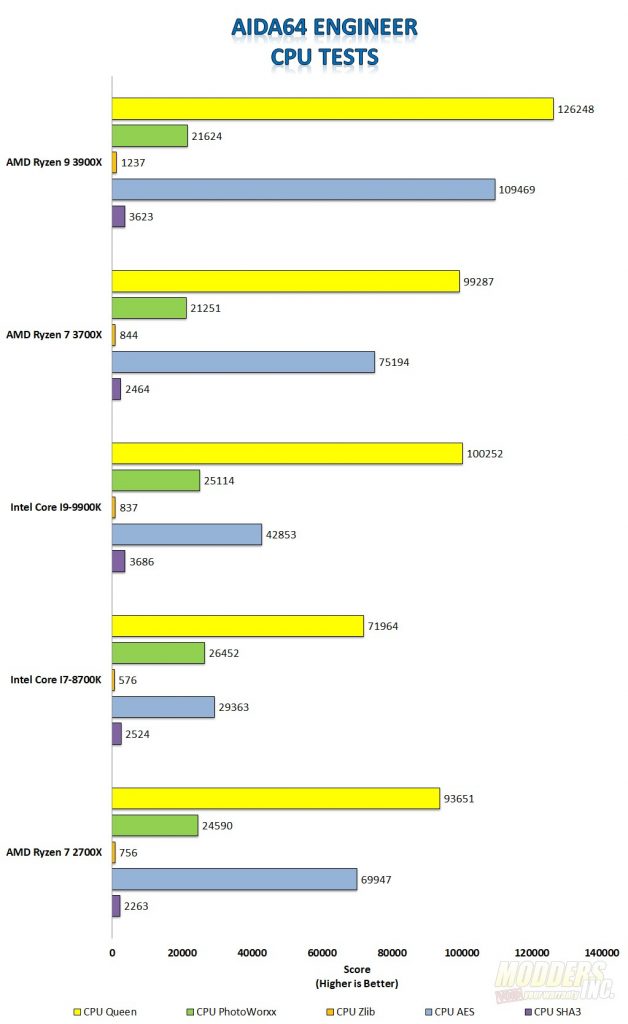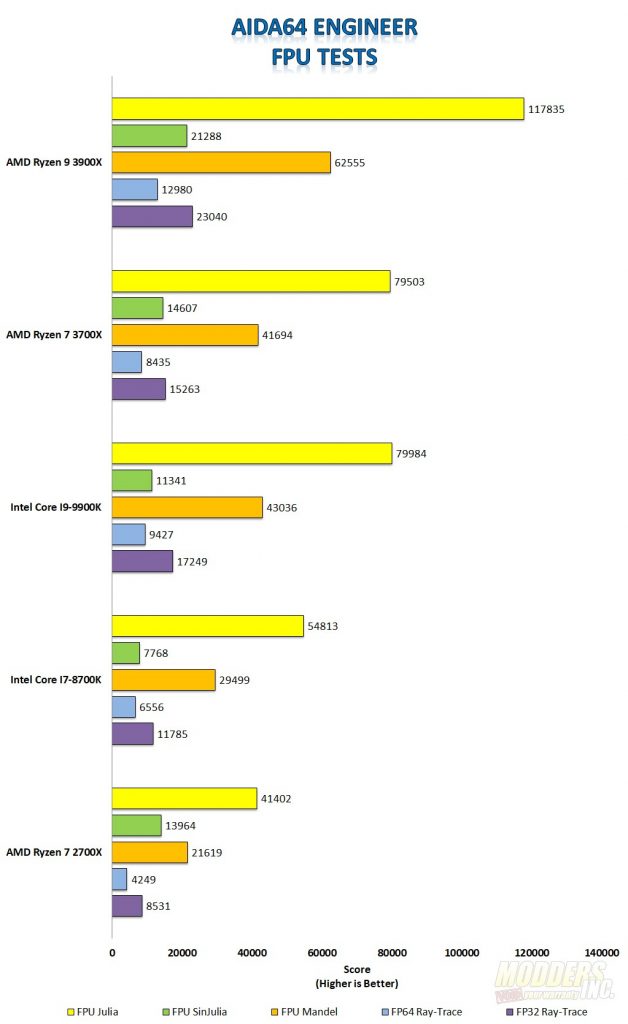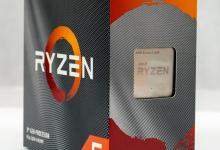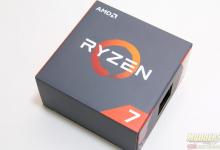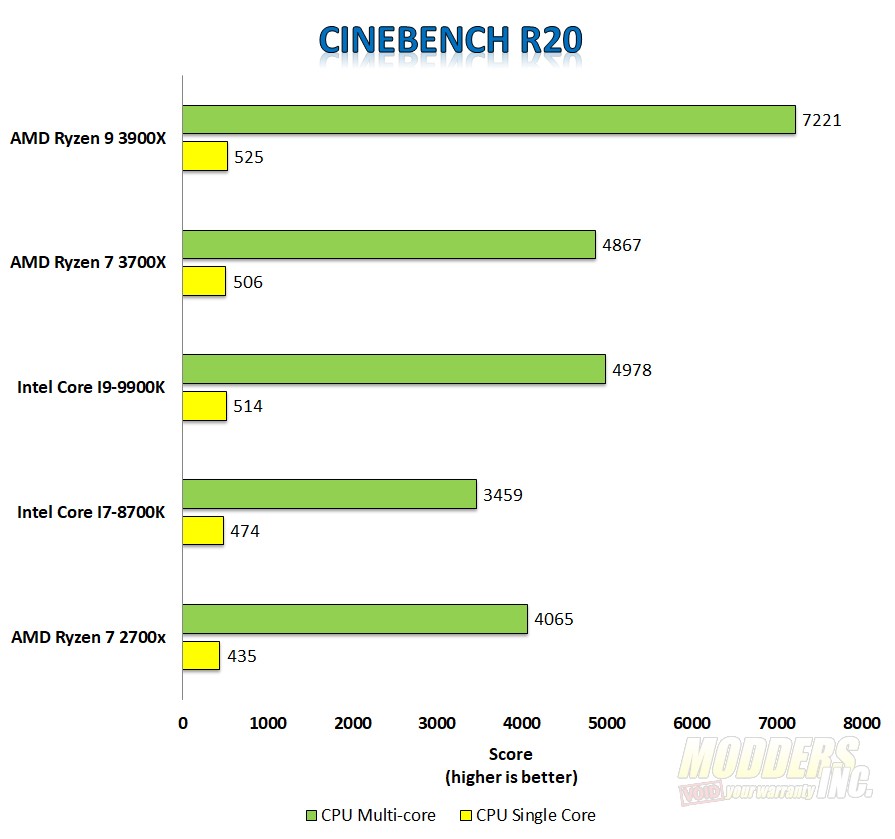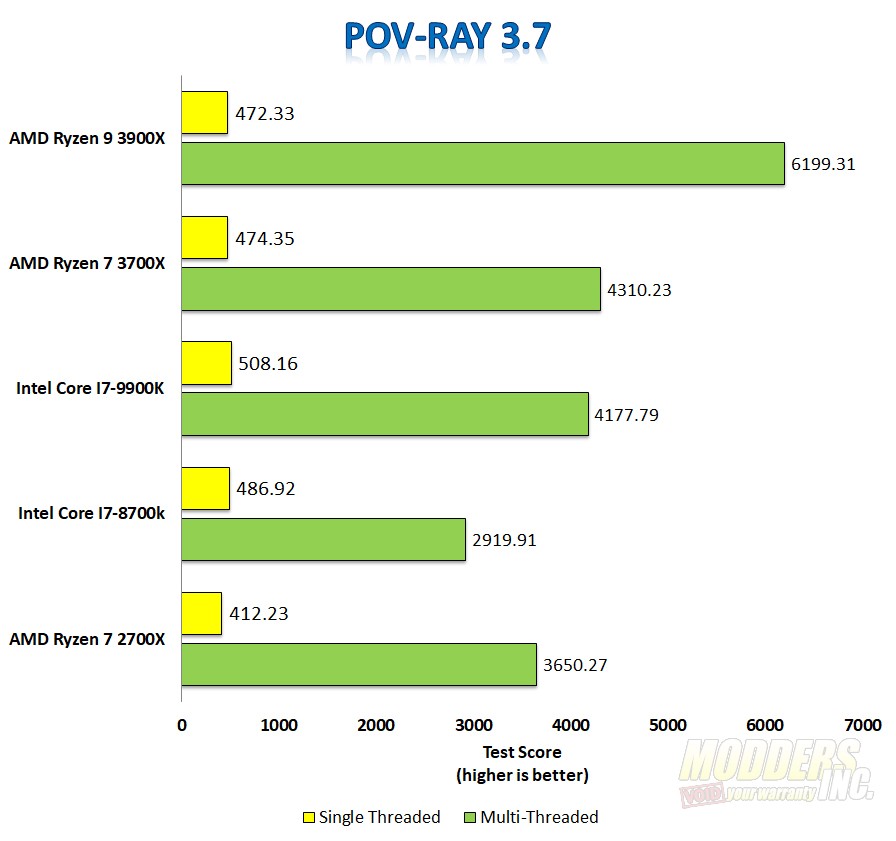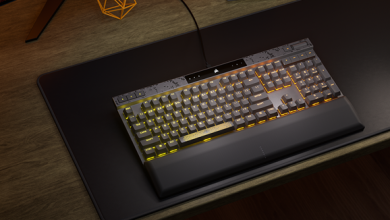AMD Ryzen 7 3700X and AMD Ryzen 9 3900X CPU Review
Is this what we have been waiting for?
Testing and Performance
AIDA64 ENGINEER
AIDA64 has a set of several 64-bit benchmarks to measure how fast the computer performs various data processing tasks and mathematical calculations. Multi-threaded memory and cache benchmarks are available to analyze system RAM bandwidth and latency. Benchmark pages of AIDA64 Extreme provide several methods to measure system performance. These benchmarks are synthetic, so their results show only the theoretical maximum performance of the system. The AIDA64 suite has various benchmarks for CPU, FPU, GPU, storage and memory testing.
In Aida64’s memory test, we see AMD clearly has done work on their memory controller. Keep in mind as well, the official supported memory speeds of the Intel CPUs is DDR4 2666. The Ryzen 9 3900x leads the pack with 55386 read speed, 53178 write speeds, and 56010 copy speeds. The Ryzen 7 does well in both read and copy and scores 52003 in reading and 49539 in copy however, the write speeds are about half of the read speed. I reached out to AMD on this issue and they explained that there is very little pure memory write workloads so, the CCD to IO link is 32B per cycle for reads and 16B per cycle for writes.
As far as latency, the AMD CPUs can’t match the low to mid 40’s of the Intel CPUs and both tested at 68 ns.
CPU Queen is an integer benchmark that tests branch prediction and misprediction penalties. CPU PhotoWorxx tests the SIMD integer arithmetic execution units of the CPU and the memory subsystem. CPU ZLib is a compression benchmark that tests the combined CPU and memory performance. CPU AES is a multi-core encryption benchmark that uses Advanced Encryption Standard data encryption. CPU Hash is an integer benchmark that measures performance using SHA1 hashing algorithm. FPU Julia measures single-precision FP, FPU Mandel measures double-precision FP, FPU Sin Julia measures extended precision FP while FPU VP8 is a video compression test utilizing the FPU Julia fractal module. Both benchmarks measure the single and double-precision floating-point performance through the computation of a scene with a SIMD-enhanced ray tracing engine. We ran both the FP-32 and FP-64 ray-tracing benchmarks in the AIDA64 suite.
The increased core count really helps the Ryzen 9 3900x take the lead over the rest of the pack, as expected. However, I was a bit surprised at the performance gap between the Ryzen 7 3700x and the Intel i9-9900k. The CPU tests show an ever so slight lead for the Ryzen 7 3700x over the 9900k but when we look at the FPU test, it goes back and forth without much of a difference between the two. And it is illustrated even more so when you compare the Ryzen 7 3700x to the previous Ryzen 7 2700x.
Cinebench R20
Cinebench is a real-world cross-platform test suite that evaluates your computer’s hardware capabilities. Improvements to Cinebench Release 20 reflect the overall advancements to CPU and rendering technology in recent years, providing a more accurate measurement of Cinema 4D’s ability to take advantage of multiple CPU cores and modern processor features available to the average user.
It is not really a surprise that in the multi-core test, the Ryzen 9 3900x runs away with the crown. What did catch me off guard is the fact that both of the Ryzen 3rd Gen CPUs were able to match the performance of the Intel CPUs in single-core performance. In this particular test, that has been AMD’s weak spot as you can see the Ryzen 7 2700x lags quite a bit behind the 8700k.
POV-Ray 3.7
The Persistence of Vision Ray Tracer, or POV-Ray, is a ray-tracing program that generates images from a text-based scene description and is available for a variety of computer platforms. It was originally based on DKBTrace, written by David Kirk Buck and Aaron A. Collins for the Amiga computers. There are also influences from the earlier Polyray[6] raytracer contributed by its author Alexander Enzmann. POV-Ray is free and open-source software with the source code available under the AGPLv3.
The multi-threaded performance here is strong from AMD and both CPUs are able to beat out their Intel counterparts and a significant performance increase of the 2700x. AMD’s single-core performance still continues to be strong but not quite strong enough to beat either of the Intel CPUs in POV-Ray 3.7.
